Equipped with a 21Mp 1/2.4”-type sensor (5312×3984 pixels) and a 31mm f/2.2 lens, the Meizu Pro 6 achieves an overall DxOMark mobile score of 74. With a Photo sub-score of 78, highlights for still photography include fast autofocus performance via the phase detection and laser-assisted autofocus system, and flash pictures with great detail using the dual-tone flash unit with no fewer than ten LED lights. The Meizu Pro 6 also delivered mostly well-exposed images with pleasant color in many of our tests, although we found dynamic range in some exposures to be a little limited in default mode.
Capable of 4K video capture (3840x2160px @ 30fps), the Meizu Pro 6 achieved a Video sub-score of 66 points. Outdoor movies render vivid and pleasant color, and noise is reasonably well-controlled in both indoor and outdoor videos. The reliable autofocus performance translates to video capture, too, which we found consistently accurate in auto mode. The Meizu Pro 6 also features geo-tagging and a built-in picture editor, but no image stabilization for either stills or video.
Outdoor: Good texture and edge definition
Outdoor images are mostly well-exposed with pleasant color and well-defined edge detail. We found image quality in bright light to be good, thanks to the use of low ISO settings, usually around 100 ISO, combined with fast shutter speeds over 1/200 of a second. In more overcast outdoor conditions, the ISO increased a little, but never over 300 ISO, and as a result, noise in more complex and detailed areas is barely visible.
Shutter speeds in overcast conditions can drop to around 1/50 of a second, but despite the lack of image stabilization, the resulting images remained sharp. As with all devices, we tested the Meizu Pro 6 in its standard exposure mode, which doesn’t trigger the HDR mode automatically. As a result we found the dynamic range to be a little limited, with either over-exposed highlights or under-exposed shadow regions that lacked contrast and clarity.
Activating the Meizu Pro 6’s HDR mode manually may help, but photographers will need to remember to turn it on and off as required. In outdoor conditions, colors are generally bold and vivid, but the white balance is often inaccurate, displaying either a slight pink or sometimes blue colorcast. Color shading is sometimes noticeable in outdoor pictures, too, with a variation in color between the center and the edges of the frame. When capturing complex scenes, the high-resolution 21Mp sensor packs in lots of detail, and although some high-frequency noise is visible in the blocks of uniform color, it’s barely visible in more intricate areas.
Indoor: Fast focusing in low light
When shooting indoors, our low-light tests produced bright and accurate exposures using artificial lights with power outputs between 500 and 20 Lux. In extreme low-light tests at 10 Lux, and particularly at 5 Lux, images are under-exposed but remain usable as a last resort, with acceptable color in the brighter areas despite a loss of detail in the shadows. When hand-holding the device in very low light, a slow 1/14 sec shutter speed results in some loss of sharpness and visible noise due to increased ISO sensitivities up to 2500 ISO at 20 Lux, and 4893 ISO at 10 and 5 Lux.
Using camera support in low light noticeably reduces camera shake for sharper results, although the Meizu Pro 6 doesn’t detect the use of a tripod, so the ISO settings and noise levels remain the same. White balance in indoor images captured under tungsten lights sources display a slight yellow cast, with some minor color shading shifting from pink in the center to green in the corners, but overall, indoor colors stay pleasant. The Meizu Pro 6’s laser-assisted autofocus system is capable of fast and accurate focusing even in extreme low-light conditions.
Details: Explaining the score
Exposure and Contrast (83)
The Meizu Pro 6 achieves its best still-photo category score here. thanks to mostly well-exposed images in bright conditions and low light down to 20 Lux. It lost points due to under-exposure in extreme low light and a lack of dynamic range in high-contrast scenes when shooting in default exposure mode.
Color (73)
Despite bold and vivid hues recorded in many exposures, the Meizu Pro 6’s overall color score is negatively affected by noticeable white balance inconsistencies and some color shading.
Autofocus (81)
Achieving an excellent score for autofocus, the Meizu Pro 6’s phase detection system ensures fast and accurate performance, especially in bright light. It’s good in low light, too, no doubt thanks to its laser-assist feature, but we observed some inaccuracies, particularly in macro mode, and there’s no face detection autofocus, either. Trigger mode was also sometime unstable, with more reliable focus achieved in preview mode.
Texture (82)
Noise (71)
The Meizu Pro 6’s high-resolution 21Mp sensor ensures a good overall score for texture, thanks to very well-defined edge detail. The finest details are sometimes lost due to some build-up of noise, however, and strong luminance noise is often visible in blocks of uniform color, such as the sky, which affected its final score for noise.
Artifacts (82)
The Meizu Pro 6 achieved a very respectable overall result for artifacts, with just some minor ringing visible along contrast edges, a slight cyan shift / over-saturation in the sky, and some loss of sharpness between the center and the edges of the frame. Our outdoor tests were conducted on a very bright day, and when shooting towards the light, the camera often recorded a heavy flare effect.
Flash (76)
The Meizu Pro 6’s dual-tone LED flash unit features ten LED lights positioned in a circle, which produces a nearly-centered flash output with good detail preservation towards the center of the frame. Light attenuation between the center and edges of the frame is quite pronounced, however, with slight over-exposure in the center resulting in washed-out color, together with noticeably darker corners showing visible noise. We also observed very slight white balance irregularities over consecutive flash shots in both flash-only and mixed-lighting tests, with the camera sometimes rendering a green colorcast in flash-only shots.
Video (66)
The Meizu Pro 6 produces its best videos in outdoor conditions, where it delivers generally accurate exposures with bold and vivid color. Some exposure irregularities and limited dynamic range are noticeable, however, and exposure adaptation is a little slow upon sudden changes in brightness. In low-light videos, white balance can be inconsistent, displaying either a pink or sometimes blue colorcast when shooting under fluorescent light sources. In bright light, autofocus is generally accurate and repeatable, but autofocus starts to become slow and more unpredictable in low-light conditions, and videos aren’t stabilized.
Photo Pros
- The autofocus is fast and accurate in bright light.
- Images are mostly well-exposed.
- Flash pictures feature good detail preservation.
Video Pros
- Low levels of noise in all lighting conditions.
- In outdoor videos colors are vivid and pleasant.
- Autofocus is stable and repeatable in auto mode.
Photo Cons
- The white balance is often inaccurate with a slight pink cast.
- Strong luminance noise is visible in blocks of uniform color.
- Fine details are lost in bright light and low-light conditions.
- Luminance noise is visible in low-light pictures.
- Flare and sky cyan shift are visible in sunny scenes.
- Flash pictures are over-exposed in the center.
- Light attenuation is strong in flash pictures, with heavy noise in the corners.
Video Cons
- White balance is inconsistent, with a blue cast noticeable under fluorescent light and a pink cast under low tungsten light.
- Fine details are lost in both bright and low light.
- Videos are not stabilized.
- Autofocus transitions are rather slow, with noticeable steps in adaptation visible in all lighting conditions.
- Autofocus is not stable when lighting conditions change.
- Exposure irregularities are visible, with sudden changes during exposure adaptation.
- Dynamic range is limited.





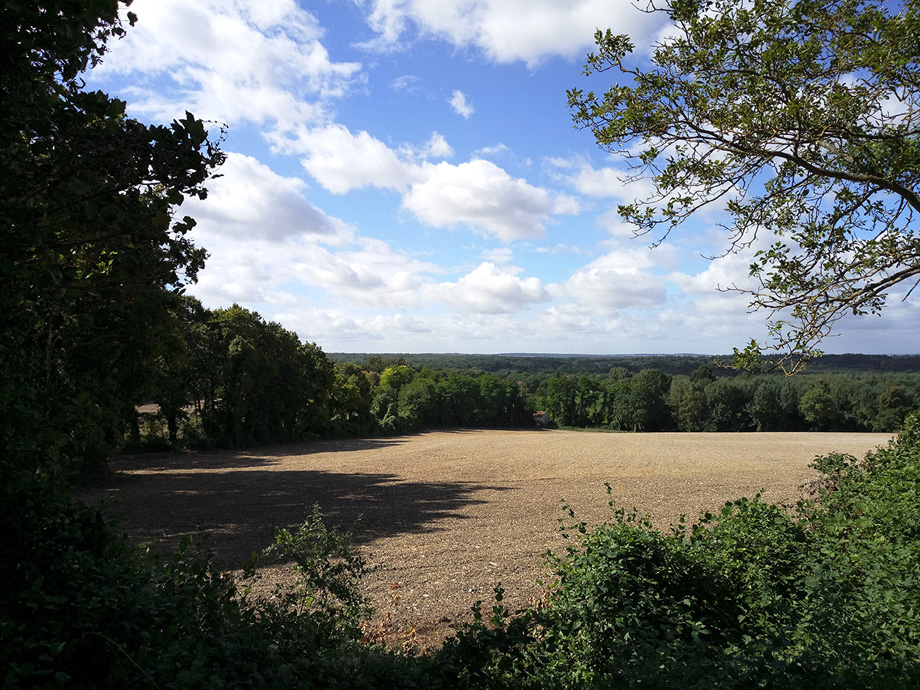

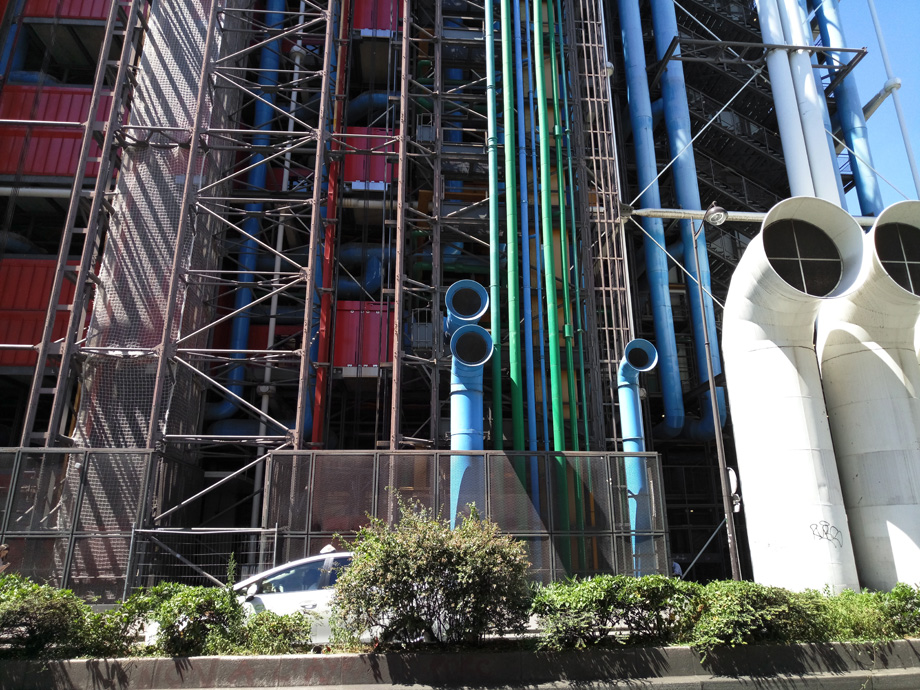


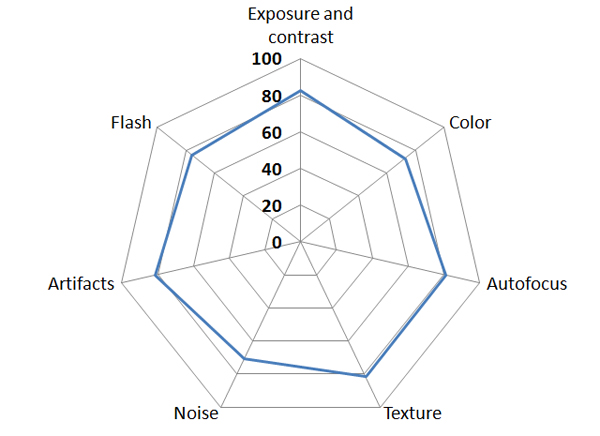

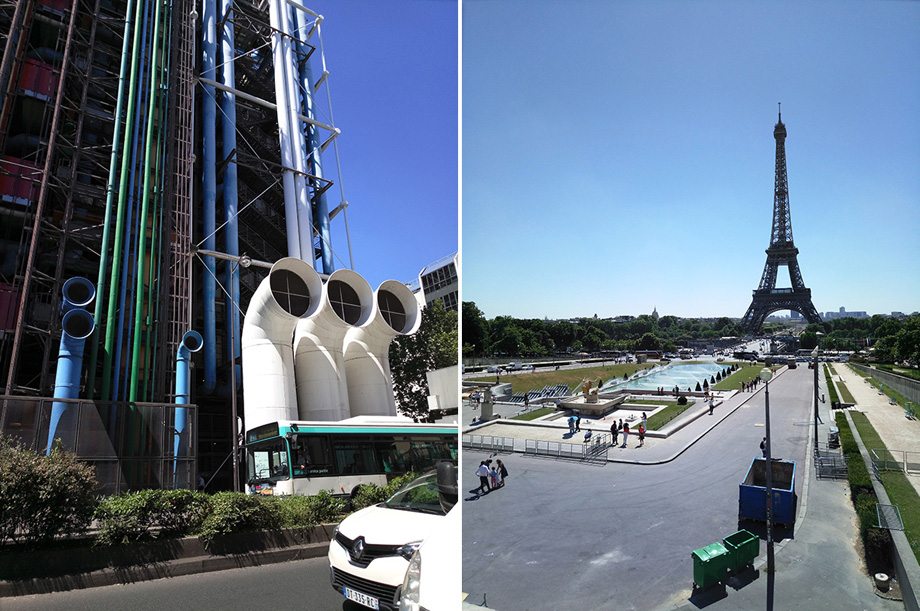
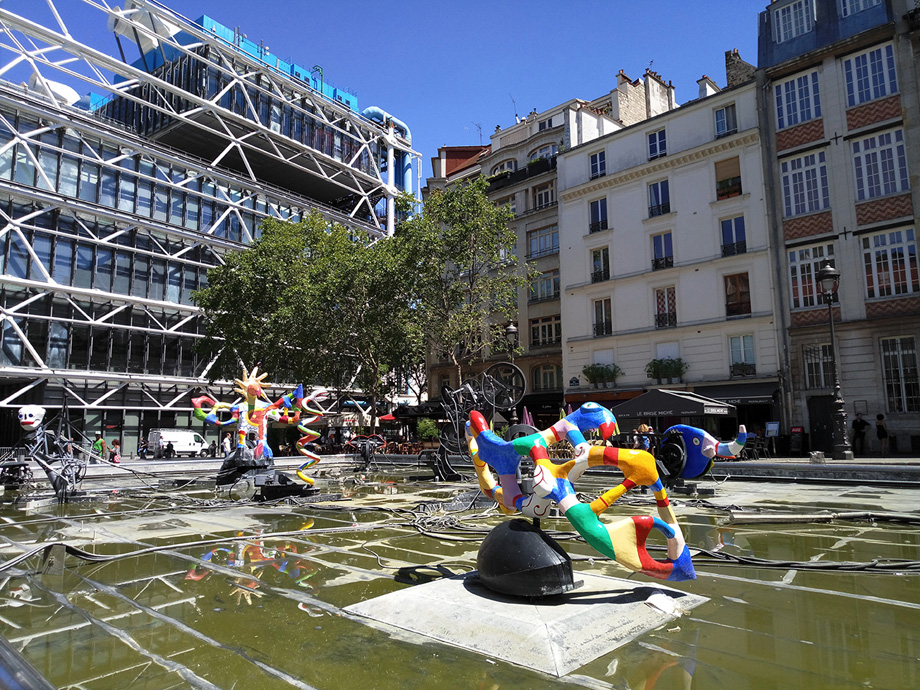
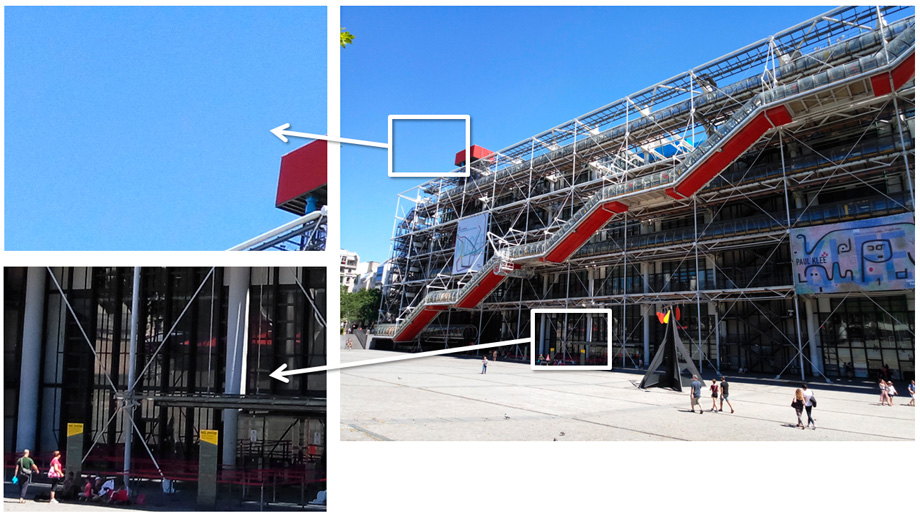

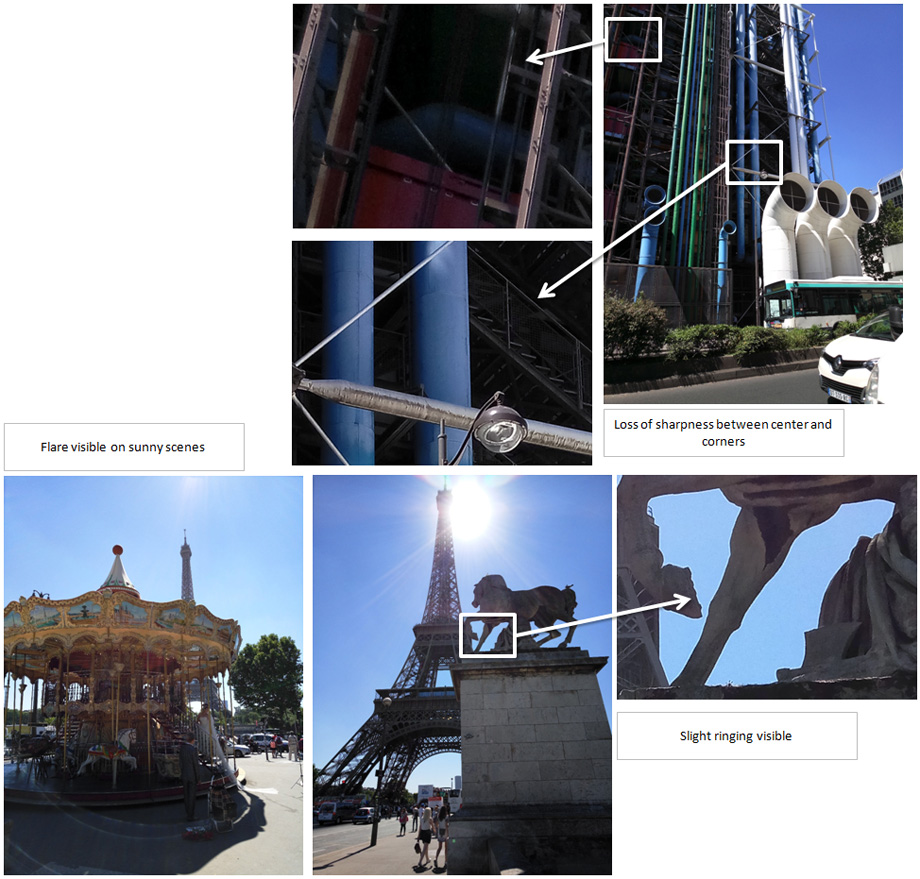
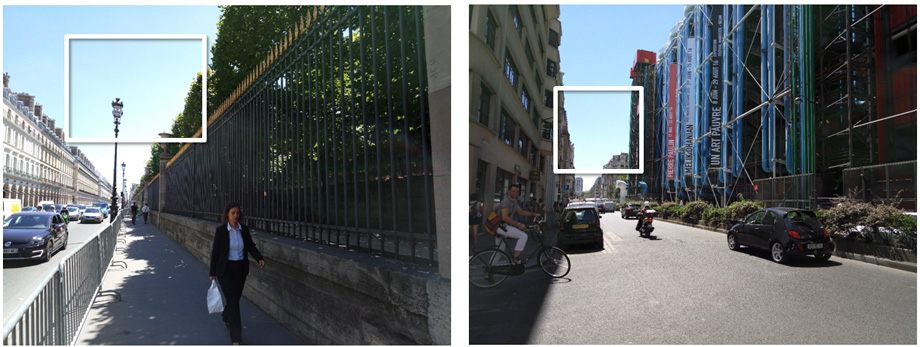
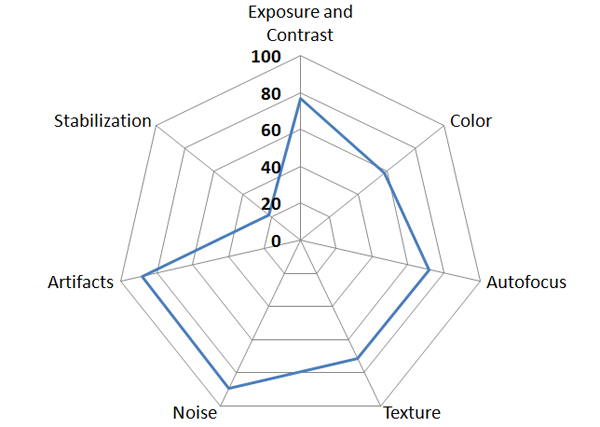
DXOMARK encourages its readers to share comments on the articles. To read or post comments, Disqus cookies are required. Change your Cookies Preferences and read more about our Comment Policy.